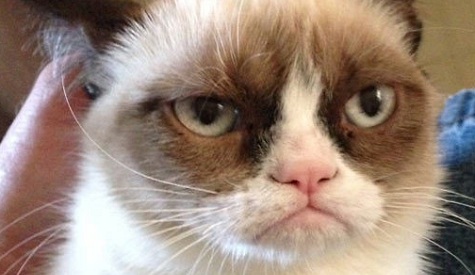
William Zinsser once described the humour section of any given bookshop as the most depressing place in the world to contemplate the state of arts and letters. When Zinsser wrote that essay in 1966, much of the humour section consisted of anthologies of comic strips, bound editions of comic book story arcs, and ‘ slight parodies based on trends that were long on booger jokes and bathroom humour and short on actually literary merit.
With the advent of National Lampoon as an outlet for humour writers who had outgrown their incubation space at Harvard and other college-based humour magazines, trade paperbacks featuring cartoons and parodies began to scoot Charlie Brown and Pogo Possum to the edges of the shelves.
The 1970s’ was a time when the elevation as the comic and humourist from a gadfly observing from the edges to an icon and spokesperson made a significant impact on pop culture. Situation comedies centered around comedians (rather than entertainers who do comedy) began to dominate the network schedules, especially in a culture that had wearied of titillation and violence as prime time mainstays. The close of the decade saw NBC’s Saturday Night Live , with its Second City alumni-heavy cast peppered with contributions from the BBC’s Monty Python crew dominate and reshape the genre in television, cinema, and print.
Monty Python was one of the first groups to hit the publishing market place. Their books were intended to tie in with the releases of their movies. On the surface, their editorial approach to each volume made it look like a slapdash affair. Part production scrapbook, part script, the pages were littered with scribbled drawings by Terry Gilliam and clipped ad mockups. Saturday Night Live followed suit with two books that would eventually become known as “the Red and Green books” by hardcore fans. The “Green Book” was a scrapbook/script of the first and second seasons. The “Red Book” was collection of interviews of cast members and showrunner Lorne Michaels that had been published in Rolling Stone. Even though both SNL trade paperbacks and all of the Python books would outlast all of their imitators by a decade, they too eventually fell out of print and concluded their runs as remaindered odds and ends.
The genre would have one major break with other media tie-ins when Broadman Press released Lisa Birnbach’s “Preppy Handbook” in 1980. The book dominated all the bookseller lists that year and spawned imitators and parodies, who seemed to miss the satirical intention of the original. This created a change in book design as graphic designers began to take more authorial roles. The Preppy Handbook was a stroke of design genius. The appearance made a statement that reinforced the tongue in cheek content. Unfortunately, the imitators led to a glut of books with diminishing returns on this bold initial step. Form trumped content and message as fans of the first book looked for others like it.
The shank end of the century was a time when humour got brittle. If a store had a section set aside for humour at all, it had the feel of a “get happy” book section at a religious publishing house store. Erma Bombeck, Art Buchwald, Lewis Grizzard and Patrick McManus all managed to create books that were comfortingly exactly like the books they had published the year before. They were eventually joined by Dave Barry and P.J. O’Rourke, who still had their chops, but were playing it far safer as eminence gris than they had as young turks who were in it to grin (at) it.
Just as the trend towards celebrities as children’s authors would go on the upswing, there would be a revival of heavily ghostwritten books by celebrities that cluttered the bestseller lists in the 90s’ and Oughts. Some were dreadful. Others, many of whom were already accomplished writers presented works that were sometimes slight, sometimes profound all between the same covers. Kathy Griffin’s memoir “Official Book Club Selection” (yes, that is the title), Stephen Fry’s “Moab Is My Washpot”, and Tina Fey’s “Bossypants” went against the grain, telling stories and sharing insights instead of offering retreads of material t hat had already been enacted elsewhere.
So what is next for this small sector that is often either disappearing or being combined with games or gift books in some stores? A chat with a seller at a large UBS in Nashville was revealing.
“You go into a B&N or B-A-M and their humour section is nearly nonexistent. As you saw the last time you came in, ours has actually expanded to almost a whole side of one aisle.
“Our approach is that we try to have a mix of books that people are talking about now, like Tina Fey’s Book and whatever Jon Stewart and Stephen Colbert have out and books that customers might have read at some point and now want to read again. Comfort books like early David Sedaris and even some older books tend to move.
“While there are people who go straight to the humor section when they get here, most customers may take a look at those shelves when they need something light and funny to make them feel better. It might seem a little nuts to have three copies of ‘Me Talk Pretty One Day’ on the shelves, but the reader who wants something that will just make them laugh is going to be glad they can pick up something familiar along with whichever author they’re going to try out. “
Will humour books ever go away? Not according to my informant in the tome trade.
“Humor books have a pretty short shelf life as new or current releases, but a good one can last a long time as a strong seller in the used market. That’s when the business of being funny can get serious, I guess.”
